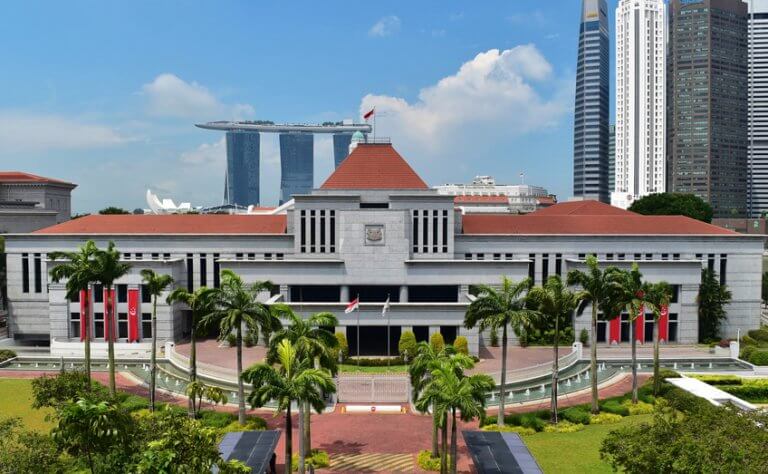Parliament House Singapore

In October 1999, they officially opened Parliament House. It occupies 2.2 hectares of land with a built-up area of 19,765 square metres. It comprises three blocks and a restored colonial building.
Singapore became part of Malaysia on 16 September 1963, following a merger with Malaya, North Borneo, and Sarawak. They thought the merger would benefit the economy by creating a common, free market, and improving Singapore’s internal security. However, it was an uneasy union. Disputes between the state government of Singapore and the federal government occurred on different issues, especially the federal policies of affirmative action, which granted special privileges to Malays guaranteed under Article 153 of the Constitution of Malaysia. Singapore’s chief minister, Lee Kuan Yew, and other political leaders began advocating for equal treatment of all races in Malaysia, with a rallying cry of “Malaysian Malaysia!”
Racial tensions between Chinese and Malays exploded, resulting in many racial riots. The most notorious riots were the 1964 race riots that first took place on the Prophet Muhammad’s birthday on 21 July with twenty-three people killed and hundreds injured. The price of food increased when the transport system was disrupted during the unrest, causing further hardship for the people.
The state and federal governments also had conflicts on the economic front. UMNO leaders feared that the economic dominance of Singapore would inevitably shift political power away from Kuala Lumpur. Despite an earlier agreement to establish a common market, Singapore continued to face restrictions when trading with the rest of Malaysia. In retaliation, Singapore refused to provide Sabah and Sarawak the full extent of the loans previously agreed to for economic development of the two eastern states. The situation escalated to such intensity that talks soon broke down and abusive speeches and writings became rife on both sides. UMNO extremists called for the arrest of Lee Kuan Yew.
Seeing no alternative to avoid further bloodshed, the Malaysian Prime Minister Tunku Abdul Rahman expelled Singapore from the federation. The Parliament of Malaysia voted 126–0, with all Singaporean MPs boycotting the vote, in favour of the expulsion on 9 August 1965. On that day, a tearful Lee Kuan Yew announced on a televised press conference that Singapore was a sovereign, independent nation. In a widely remembered quote, he uttered that: “For me, it would be a moment of anguish. I mean for me, it is a moment of anguish because all my life….you see the whole of my adult life…. I have believed in Merger and the unity of the two territories. You know it’s a people connected by geography, economics, and ties of kinship… The new state became the Republic of Singapore.
Singapore, an island city-state in Southern Malaysia, is a global financial centre with a tropical climate and multicultural population. Its colonial core centres on the Padang, a cricket field since the 1830s and now flanked by grand buildings such as City Hall, with its 18 Corinthian columns. In Singapore’s circa-1820 Chinatown stands the red-and-gold Buddha Tooth Relic Temple, said to house one of Buddha’s teeth.

Singapore has the busiest cargo port worldwide.

Nightlife in Singapore
We had not planned to visit Singapore, but Singapore Airlines gave us a complementary three-day break, so we took it and had a look around.
The Singapore Botanic Gardens first opened in 1859, making them one of Singapore’s oldest parks and explaining how such a large complex came to exist in the middle of the busy city-state. The park is home to over 10,000 species of plants, and it is one of the premier orchid research and breeding centres in the world. With relatively quiet grounds, the park is also home to a veritable host of jungle creatures, including three-foot-long monitor lizards, but don’t worry, they are quite harmless to people as long as they are not antagonised. Well worth a visit.
There are lots of shopping malls if you are into that. You can get some bargains at the Chinatown Street Market. The food was good but like everything in Singapore, not cheap. A boat ride down the river is interesting. At night, the walk along the river has a lot going on, with some boats being very good restaurants.
Raffles Hotel is steeped in history. However, if you do not have a booking, they will not let you in just to have a look around. You can visit the shops in the courtyard and restaurants. Yes, it is a country but a lot smaller than some big cities. A financial centre and major container port.
The city is very clean and very expensive, people do not retire and move to Singapore unless they are very rich.
